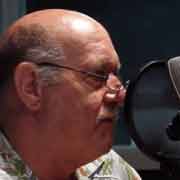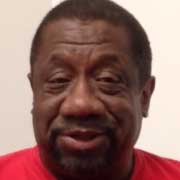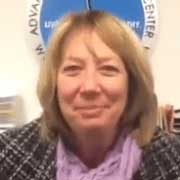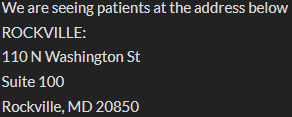HF10 Spinal Cord Stimulation
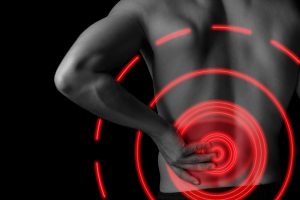 If you’re seeking long-term relief from chronic pain without drugs or major surgery, HF10 spinal cord stimulation (SCS) may provide a solution that helps you regain your freedom and independence. SCS is a well-established treatment protocol that has been used in the U.S. for decades. HF10 is a spinal cord stimulation (SCS) system that provided significant relief of both back and leg pain to patients in a clinical study. In fact, HF10 is the only SCS treatment designated as “superior” by the FDA. This treatment is FDA-approved for getting superior results in both chronic back and leg pain.
If you’re seeking long-term relief from chronic pain without drugs or major surgery, HF10 spinal cord stimulation (SCS) may provide a solution that helps you regain your freedom and independence. SCS is a well-established treatment protocol that has been used in the U.S. for decades. HF10 is a spinal cord stimulation (SCS) system that provided significant relief of both back and leg pain to patients in a clinical study. In fact, HF10 is the only SCS treatment designated as “superior” by the FDA. This treatment is FDA-approved for getting superior results in both chronic back and leg pain.
Clinically Studied and FDA-Approved
Clinical study results demonstrate that more people get the freedom they want from both back and leg pain using the HF10 spinal cord stimulation system. Indeed, 8 out of 10 patients who used HF10 for severe back and leg pain experienced significant, lasting relief. The substantial reduction in their pain enabled most of them to return to everyday activities and active lifestyles. Even people who have undergone surgeries or other pain treatments in the past, such as medications and injections, are good candidates for HF10.
How HF10 Spinal Cord Stimulation Works
In a patient experiencing chronic pain, abnormal signals are sent from the spinal cord to the brain. These signals continually tell the brain that pain is occurring and cause pain to be unrelenting. However, HF10 calms the nerves that carry these signals, providing lasting relief.
In a simple procedure, thin, insulated wires are placed in the back near the spinal cord. These wires are connected to a small, battery-powered pulse generator that is implanted just under the skin. HF10 spinal cord stimulation sends mild electrical pulses to the spinal cord, calming the nerves, and allowing them to return to a more normal, relaxed state. This procedure is:
- Quick from start to finish
- Only minimally invasive
- The only treatment that is 100% reversible unlike any other spinal surgery.
- Possible to leave the day of the procedure. Trial are done in office and the implants are done at an outpatient surgery center. Most patients leave the day of the procedure, only hours later!
HF10 delivers spinal cord stimulation safely. It doesn’t interfere with normal sensory perception, cognitive abilities, or motor functions. Unlike some other SCS systems, there is no tingling or buzzing sensation—you will not feel the stimulation. HF10 doesn’t interact with pain medications, and no major surgery is necessary to find relief. Plus, it is entirely reversible.
With HF10 spinal cord stimulation on the job, patients experience more freedom and independence. They can use HF10 24 hours a day, including while they drive and sleep.
Start With a Trial
You can get a trial of the HF10 SCS system. In just a week, you can find out if HF10 is right for you. Just follow these steps:
- Speak to the professionals at Pain Arthritis Relief Center to find out if you are a good candidate for HF10. At your initial consultation, your doctor will review your condition, discuss appropriate treatment options, and answer any questions you have about HF10.
- Try a temporary trial of HF10. The trial system delivers the same therapy as the implanted device. However, the pulse generator is not implanted; it is worn on a belt or under clothes instead. Then, the system is customized for your specific pain. After the trial, you can assess the pain relief and improvement in your pain symptoms to decide whether to keep it. About 90 percent of patients who used the trial chose to keep it.
If both you and your doctor agree that HF10 works for you, then you can proceed with the implant. Watch this video for an overview of HF10, then find out for yourself how a successful trial can open the door to long-term pain relief. Contact Pain Arthritis Relief Center to schedule your consultation.
Client Review
“I have never met a group as kind and caring as this group. Each and every person knows your name, even if they don’t work with you. Each person takes the time to stop and say hi and ask how you are.”
Kelsie K.







